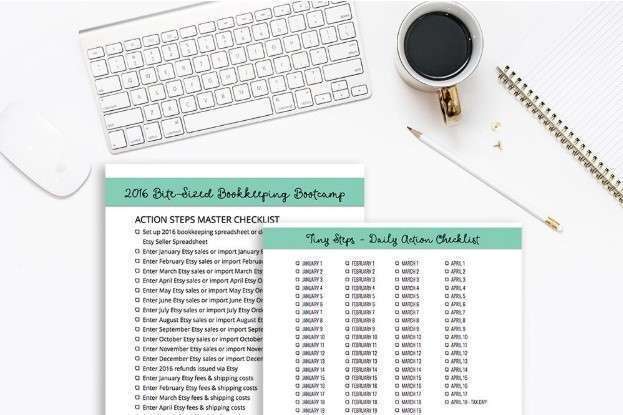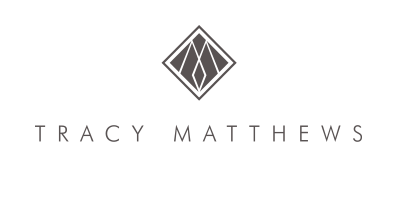Equity: Meaning, How It Works, and How to Calculate It

In each of these examples the par value is meaningful because it is a factor in determining the dividend amounts. Legally, corporations must have a credit balance in Retained Earnings in order to declare a dividend. Practically, a corporation must also have a cash balance large enough to pay the dividend and still meet upcoming needs, such as asset growth and payments on existing liabilities. Cash dividends (usually referred to as dividends) are a distribution of the corporation’s net income. Dividends are analogous to draws/withdrawals by the owner of a sole proprietorship.
- Once all liabilities are taken care of in the hypothetical liquidation, the residual value, or “book value of equity,” represents the remaining proceeds that could be distributed among shareholders.
- Accurate accounting for ownership changes involves updating the common stock, additional paid-in capital, and treasury stock accounts.
- Additional paid-in capital represents the excess amount paid by investors over the par value of the stock during issuance.
- The components of shareholders’ equity are total assets (representing current assets and long-term assets) along with total liabilities (representing current liabilities and long-term liabilities).
- Shareholder equity gives you a clearer picture of a company’s financial position – beyond the share price .
- Private equity is often sold to funds and investors that specialize in direct investments in private companies or that engage in leveraged buyouts (LBOs) of public companies.
- As you can see there is a heavy focus on financial modeling, finance, Excel, business valuation, budgeting/forecasting, PowerPoint presentations, accounting and business strategy.
Book Value per Share of Preferred Stock
When a foreign subsidiary is sold or liquidated, cumulative translation statement of stockholders equity adjustments are reclassified into net income. Companies distribute profits to shareholders through dividends, which reduce retained earnings. Cash dividends are the most common form, where a company pays a set amount per share. When a dividend is declared, a liability is recorded, decreasing retained earnings. If a company declares a $2 per share dividend with 1 million shares outstanding, $2 million is deducted from retained earnings.

Company Retained Earnings

Prior period adjustments play a pivotal role in ensuring that shareholder equity accurately reflects the company’s financial history and current position. While they can be complex and sometimes contentious, their proper execution is fundamental to the trust stakeholders place in a company’s financial statements. Shareholder equity adjustments are a vital part of financial reporting, ensuring that the equity presented in the financial statements accurately reflects the company’s financial status. These adjustments, while sometimes complex, are necessary for maintaining the integrity of financial information and the trust of investors, regulators, and other stakeholders. A statement of shareholders’ equity can help you value your business and plan for the future. It can reveal whether you should borrow money to open another business location, cut costs or profit from a sale.
- A balance sheet line that includes cash, checking accounts, and certain marketable securities that are very close to their maturity dates.
- Examining these adjustments provides a clearer picture of how external factors influence corporate financial reporting and stockholder relations.
- However, the issuance price of equity typically exceeds the par value, often by a substantial margin.
- The income statement is also referred to as the profit and loss statement, P&L, statement of income, and the statement of operations.
- Of the 50.4 million shares authorized, the company had issued roughly 15.1 million shares.
- Find out how this alternative financing method works, with its many advantages.
Definition of the Statement of Stockholders’ Equity

In the balance sheet, the cost of treasury stock is shown as a deduction to Stockholders’ Equity. Whether negative stockholder’s equity is indicative of a larger problem usually requires taking a closer look at the company’s financials. Buybacks, for example, can push stockholders’ equity into negative territory in the short term but benefit the company financially in the long run. This represents the balance of shareholders’ equity reserves at the AI in Accounting end of the reporting period as reflected in the statement of financial position.

Each of these elements plays a distinct role in reflecting the financial health and capital structure of the company. Accounting policies and equity adjustments are critical components in the financial reporting process, providing a framework for consistency and comparability across periods and entities. Historically, the evolution of these policies has been shaped by the need to present a fair and accurate picture of a company’s financial health. Equity adjustments, in particular, are essential for reflecting changes in the value bookkeeping of shareholders’ investments over time. These adjustments can arise from a variety of events, such as changes in accounting standards, corrections of errors from prior periods, or revaluations of assets and liabilities. The retrospective application of new accounting policies often necessitates adjustments to the equity reported in prior periods, ensuring that the financial statements can be compared over time.
- It is a similar situation to a consumer owing more (liability) on a house (asset) than the house is worth.
- In contrast, early-stage companies with a significant number of promising growth opportunities are far more likely to keep the cash (i.e. for reinvestments).
- For a homeowner, equity is the value of the home less any outstanding mortgage debt or liens.
- In addition, shareholder equity can represent the book value of a company.
- Companies must adhere to these standards to ensure transparency and consistency.
- As part of its 2024 annual filing, Apple reported $56.95 billion in shareholder equity, down from $62.1 billion the previous year.
- You can learn more about other comprehensive income by referring to an intermediate accounting textbook.
The excess value paid by the purchaser of the shares above the par value can be found in the “Additional Paid-In Capital (APIC)” line item. Although it is not the scope of this article, there are many ways to forecast balance sheet items. All figures and data in this article were accurate at the time it was published.
